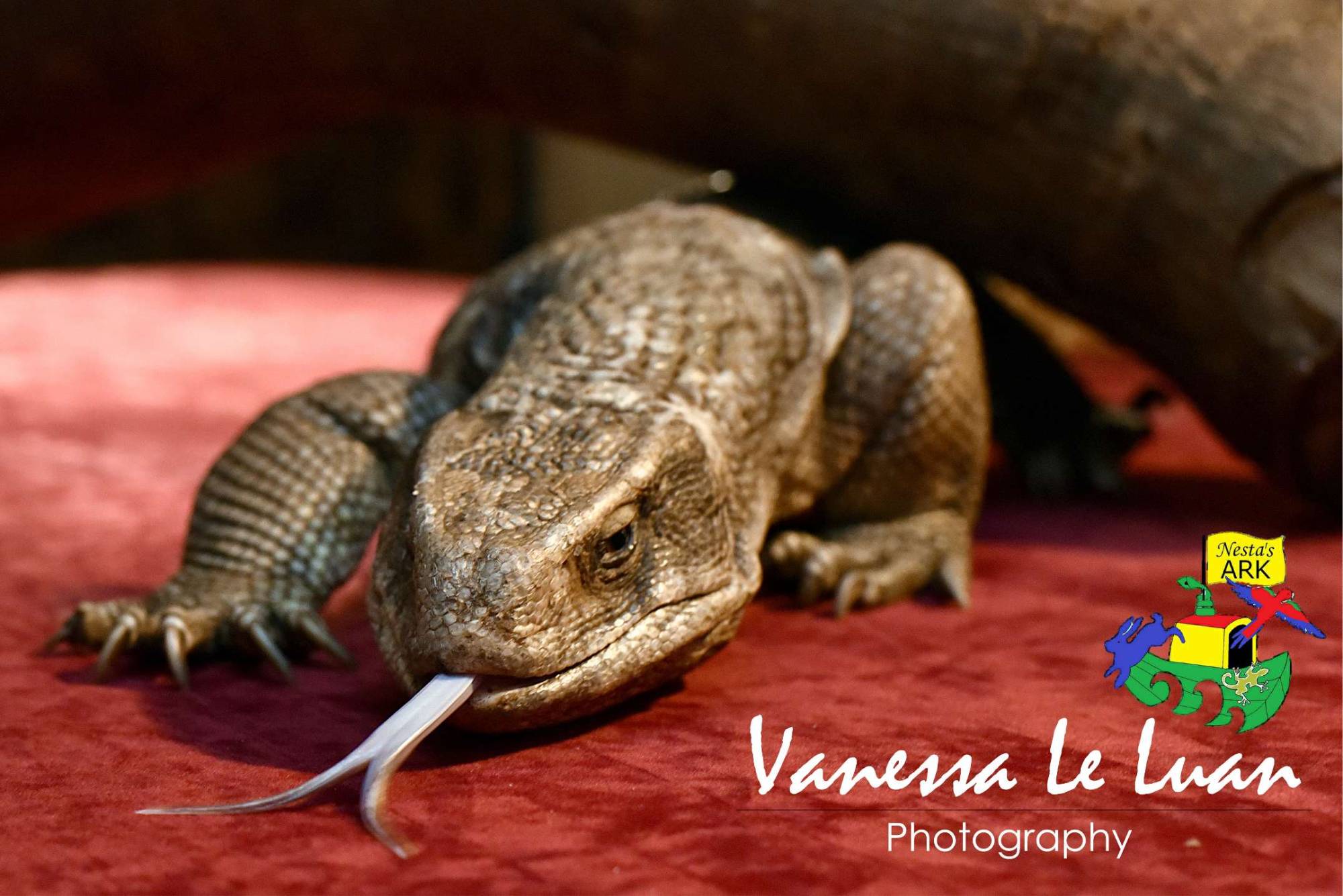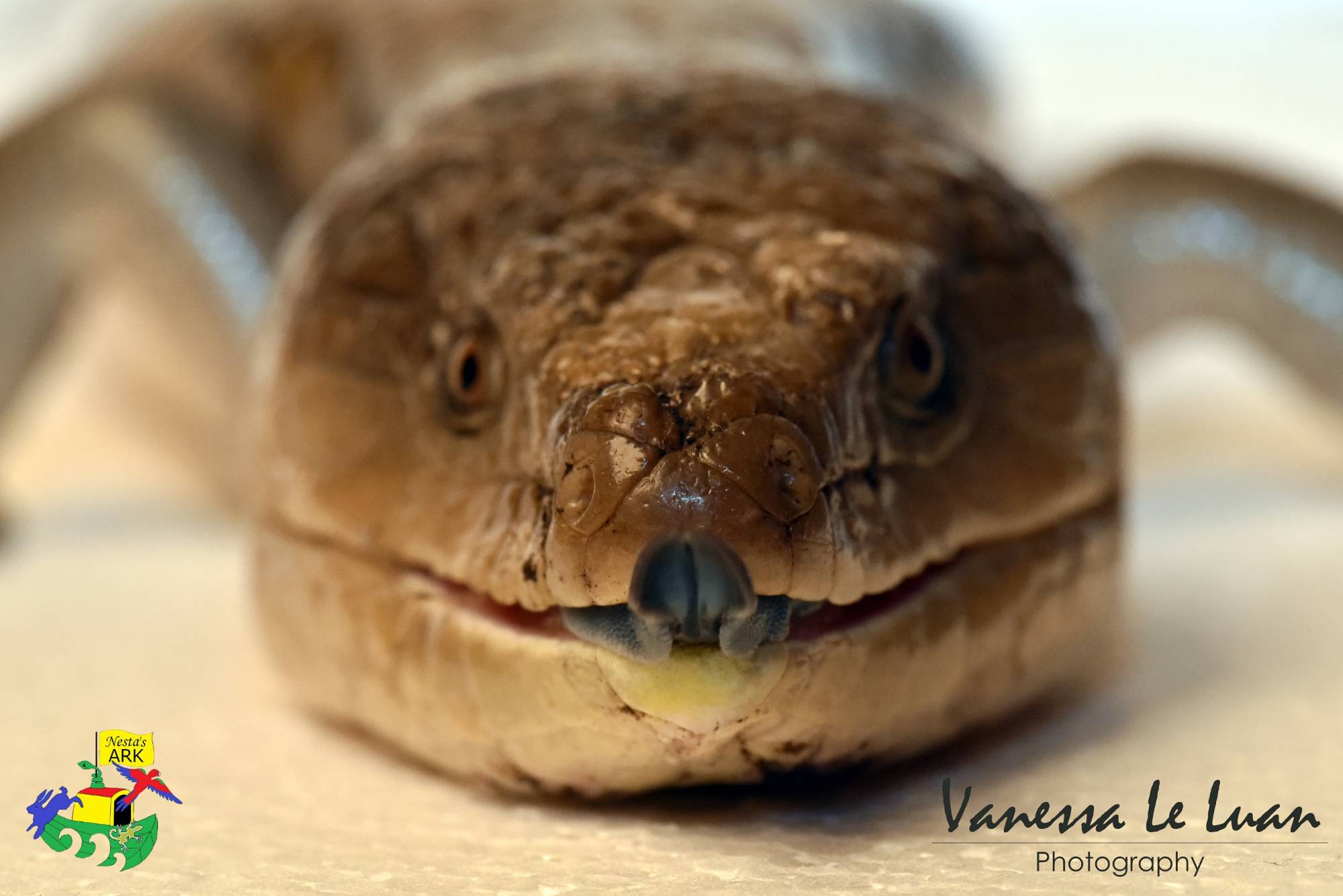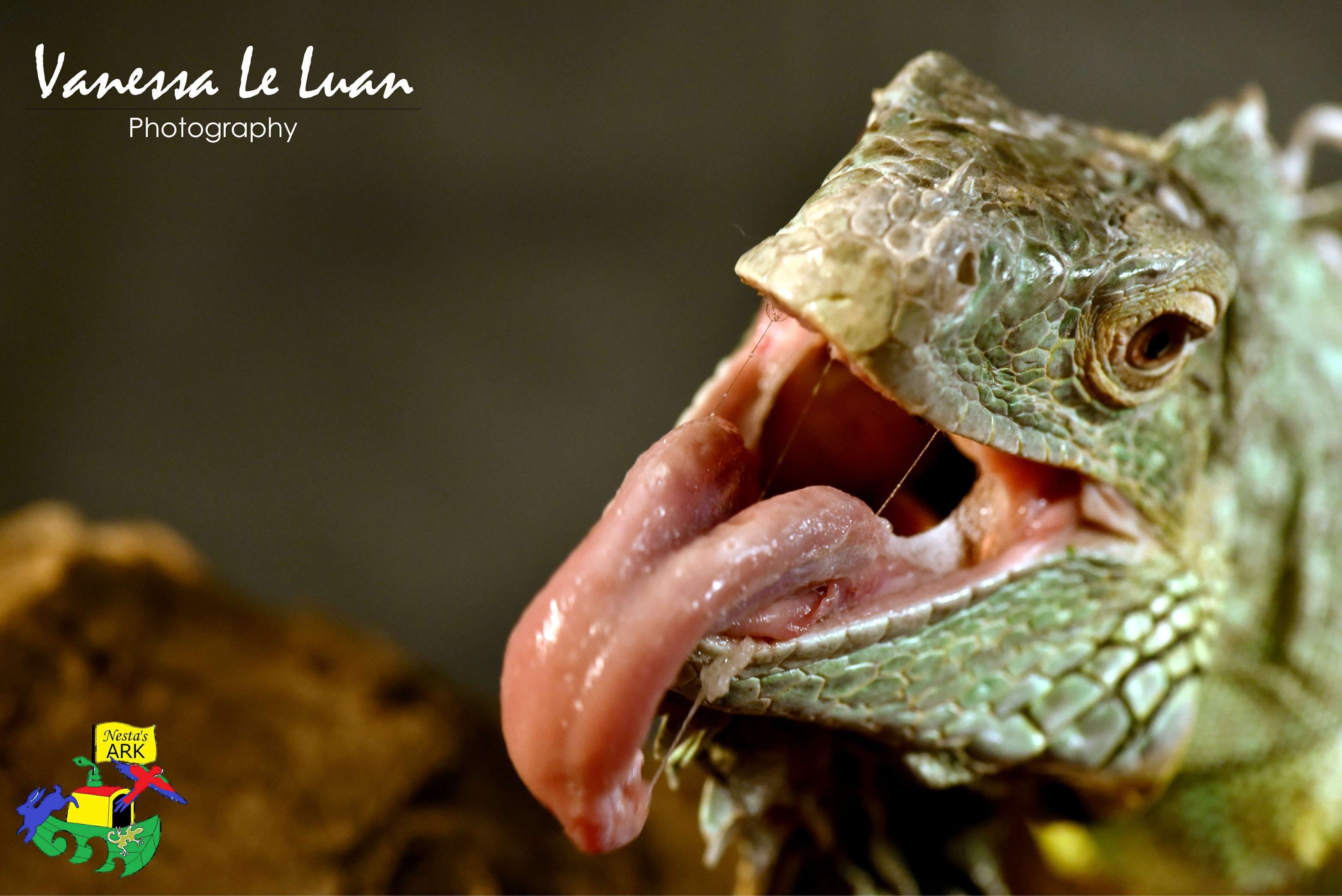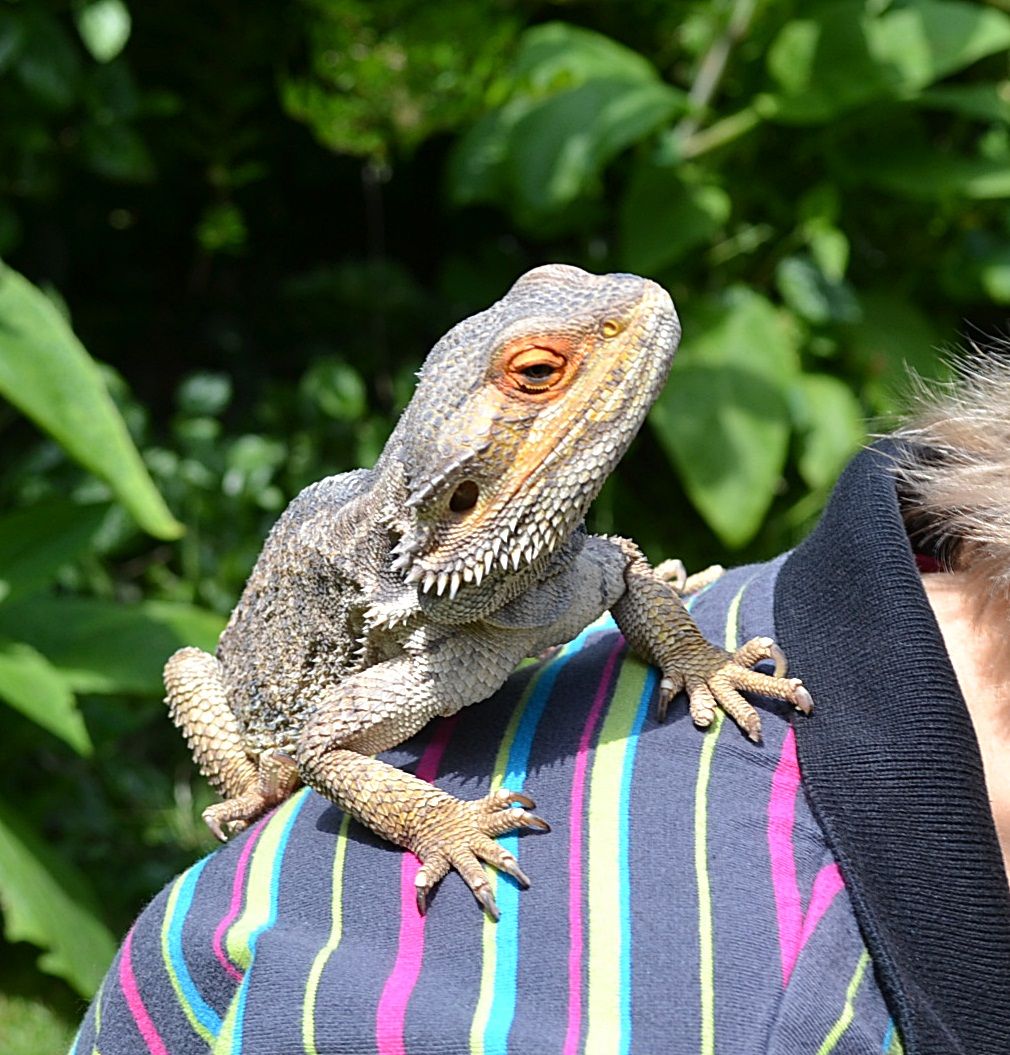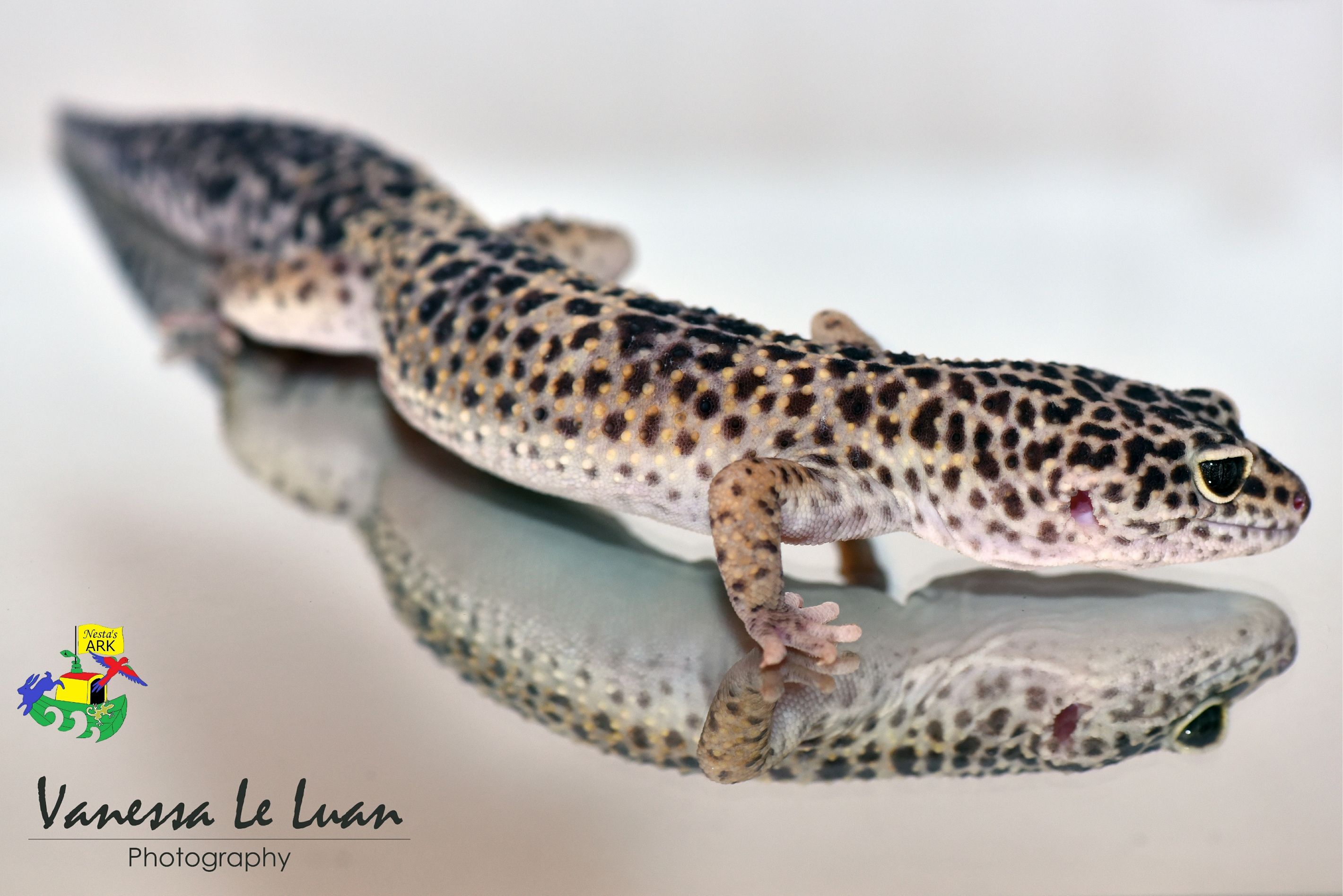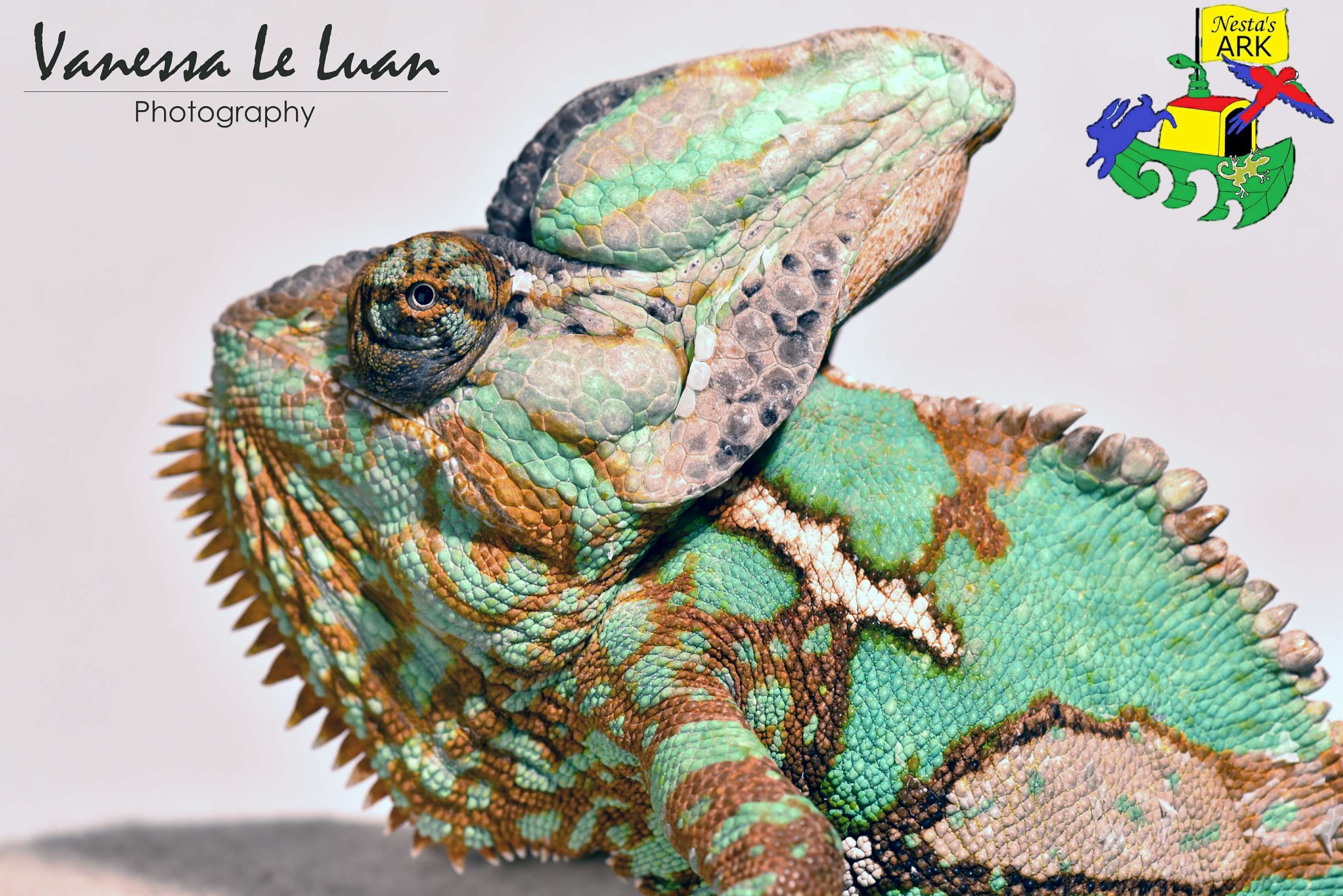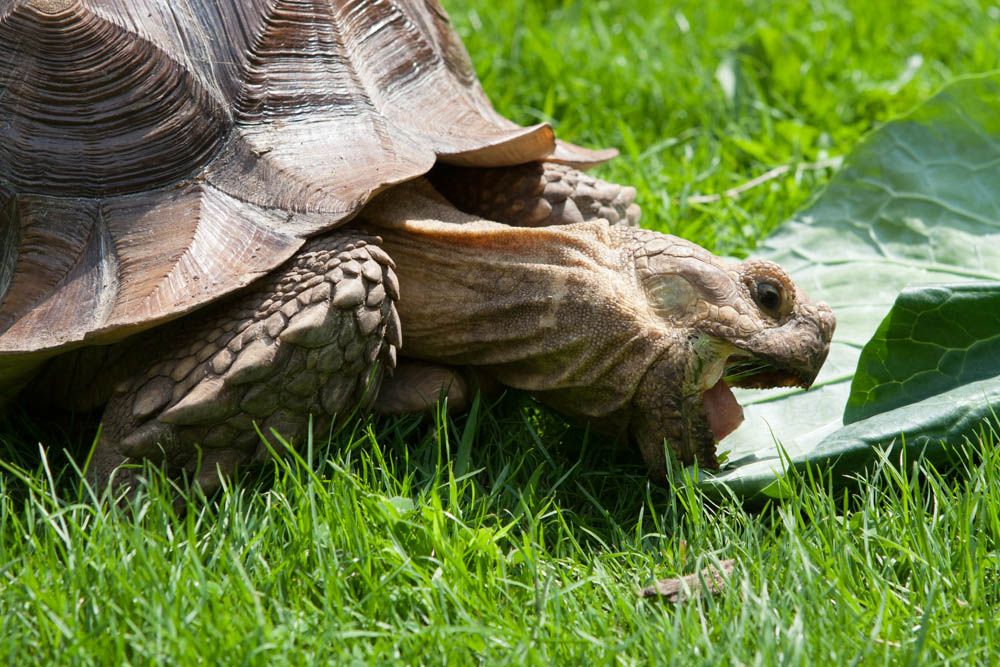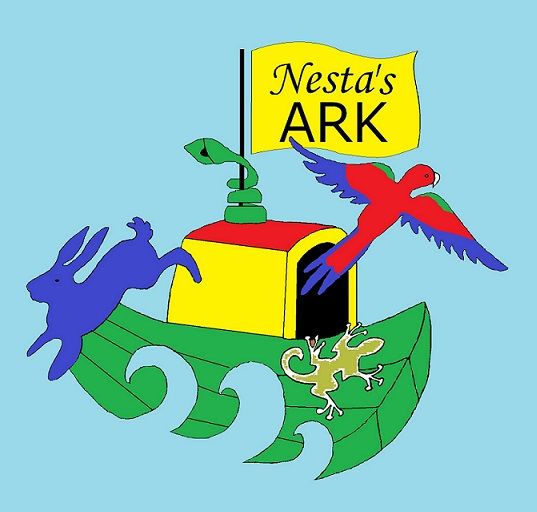Hugo Boss the Boss Bosc
Varanus exanthematicus
Where I live
I live in central and southern Africa, You can find me as far west as Senegal and Gambia, across Mali, Niger and Chad, and as far east as Sudan and Ethiopia.
Lifespan and Size
I live an average of 12 years but some have been known to live the ripe old age of 15.
I can grow up to 5ft long but am usually a bit smaller.
What I eat
As a youngster I am insectivore, loving worms, crickets and cockroaches. As I grow up I like a mouse, meat or scrambled egg but you need to be careful not to over feed me.
